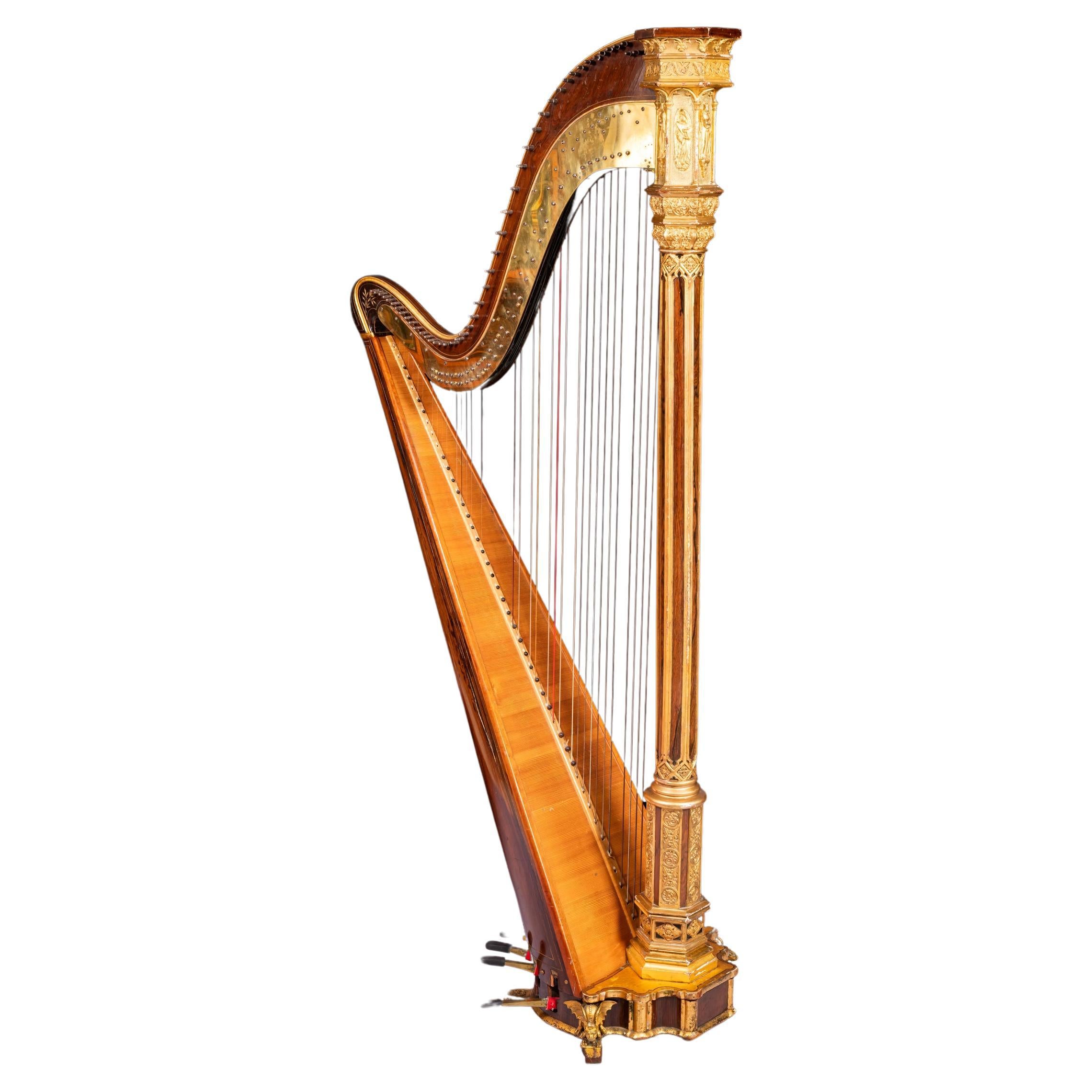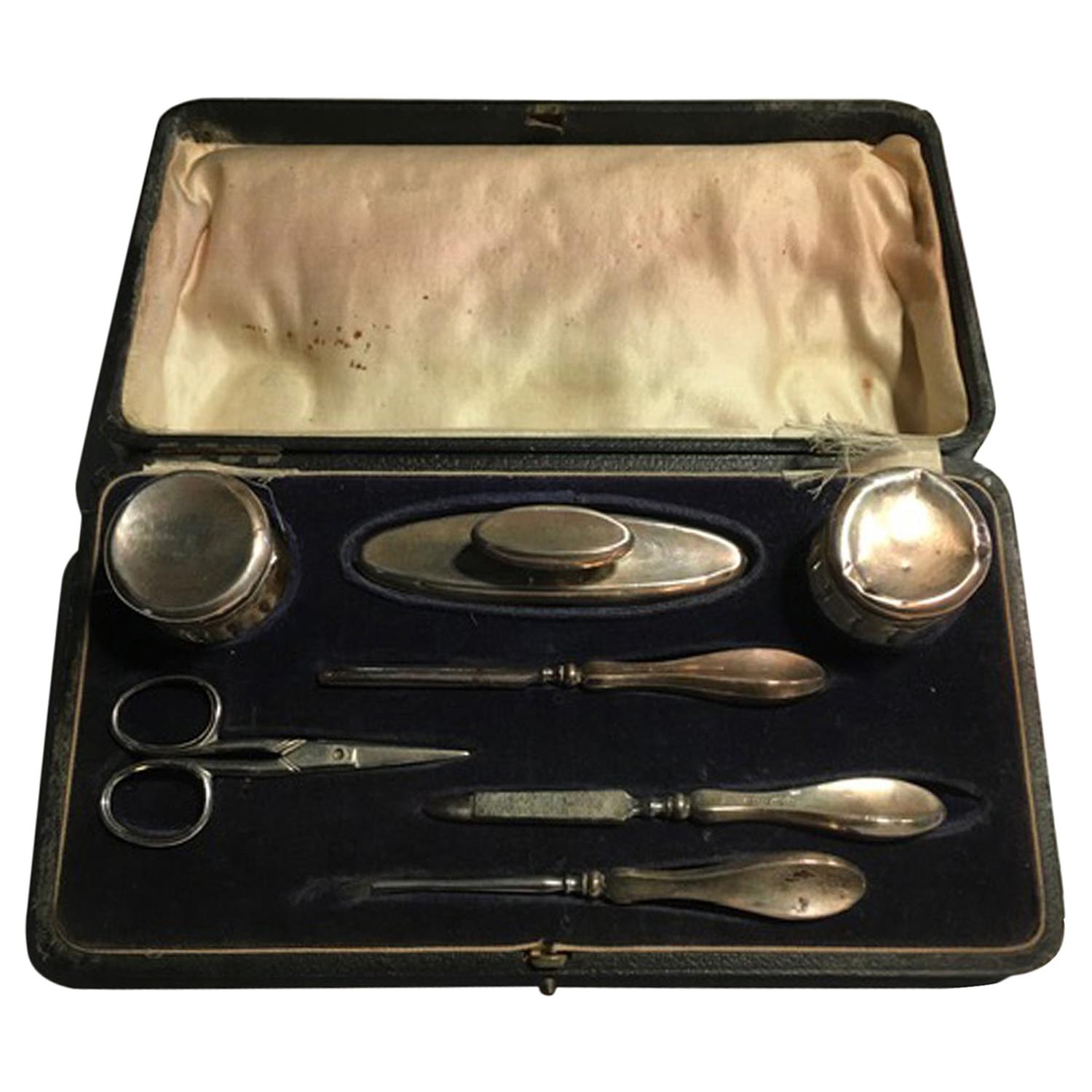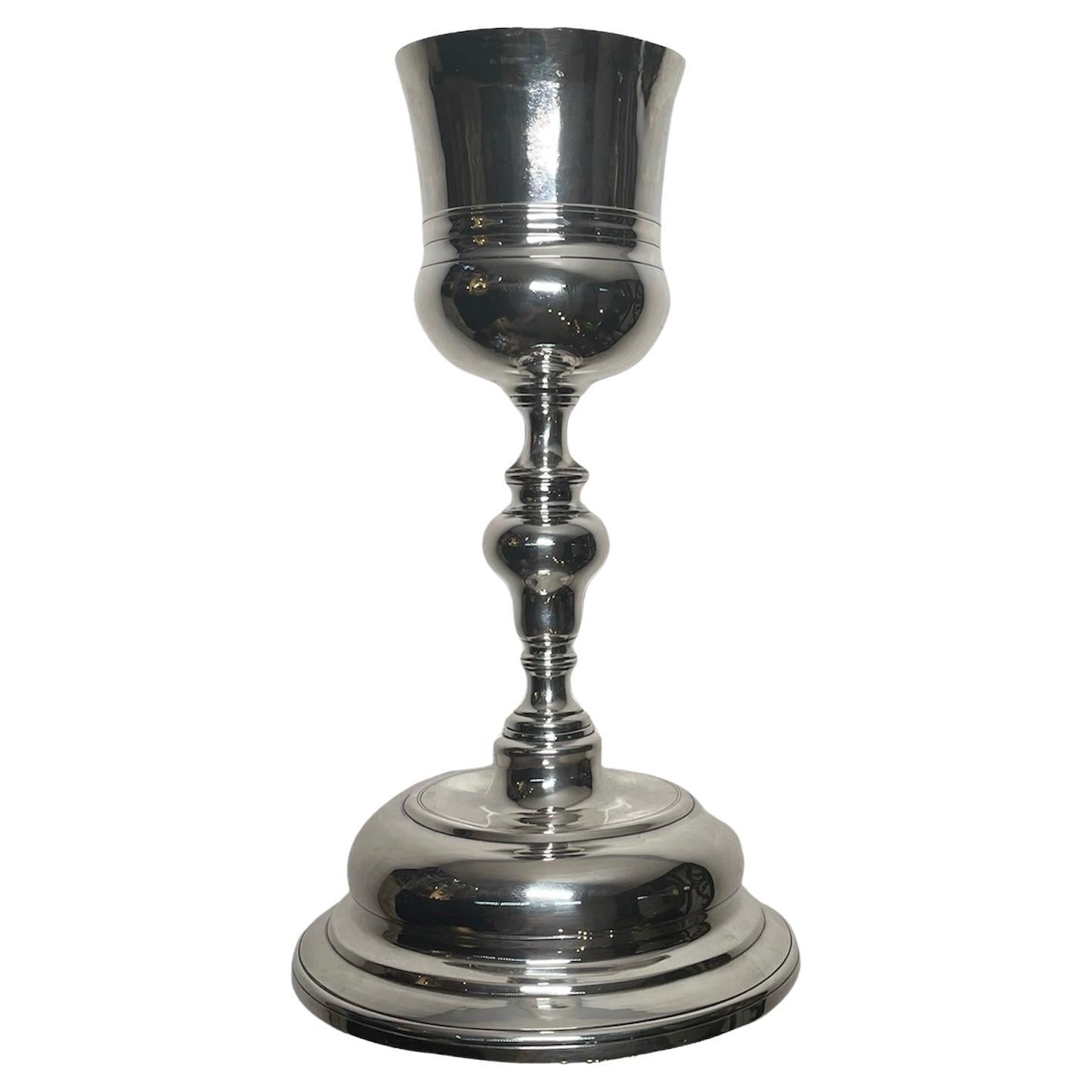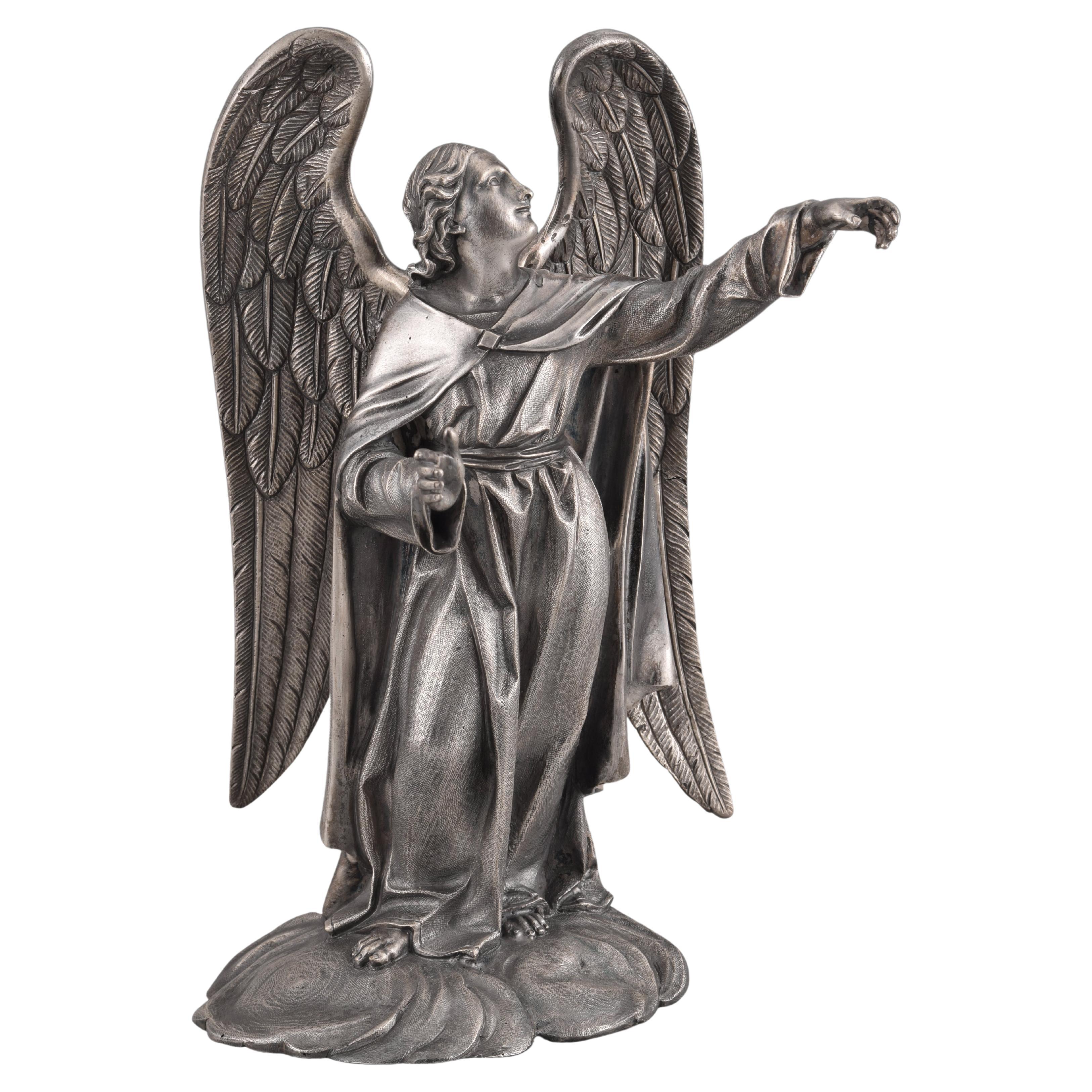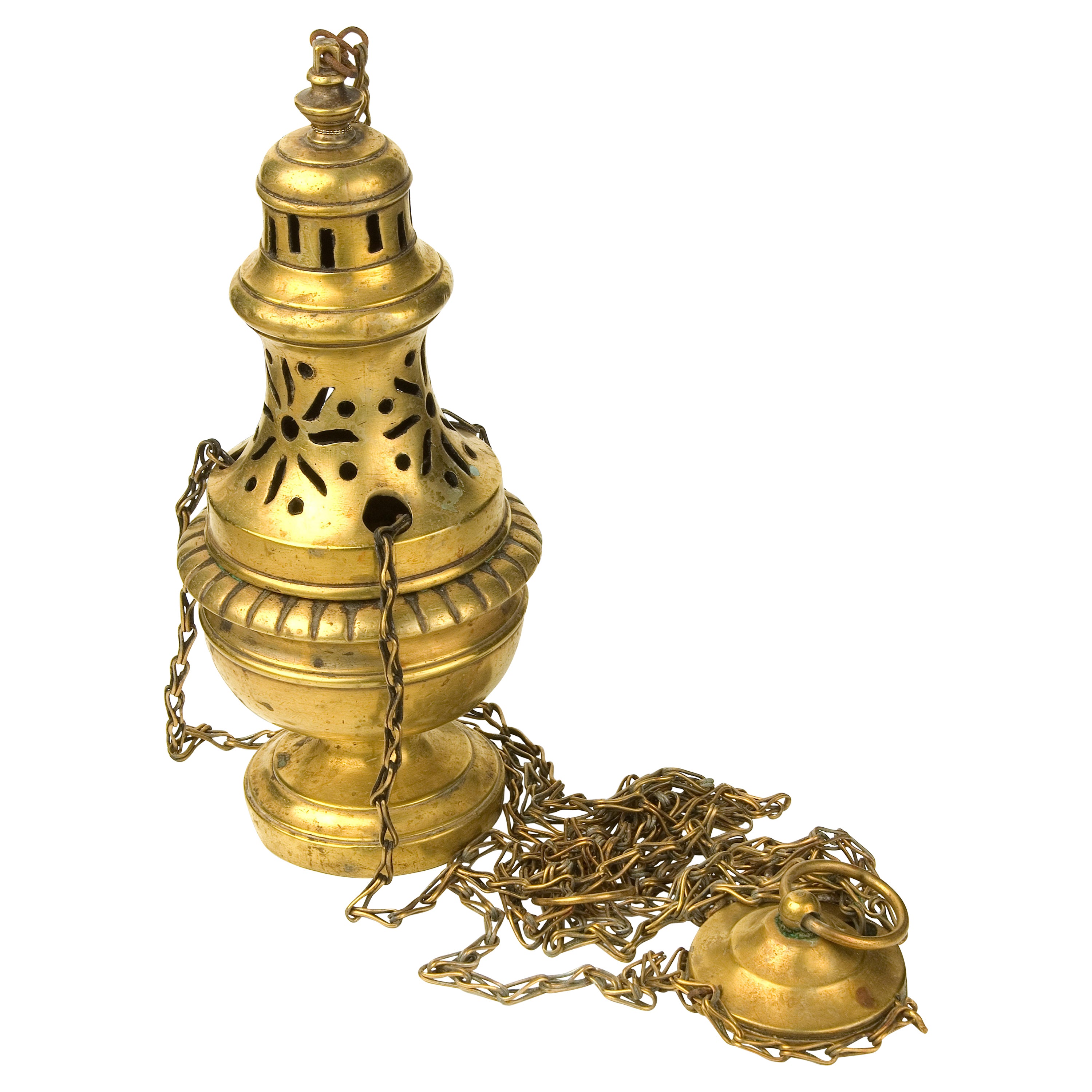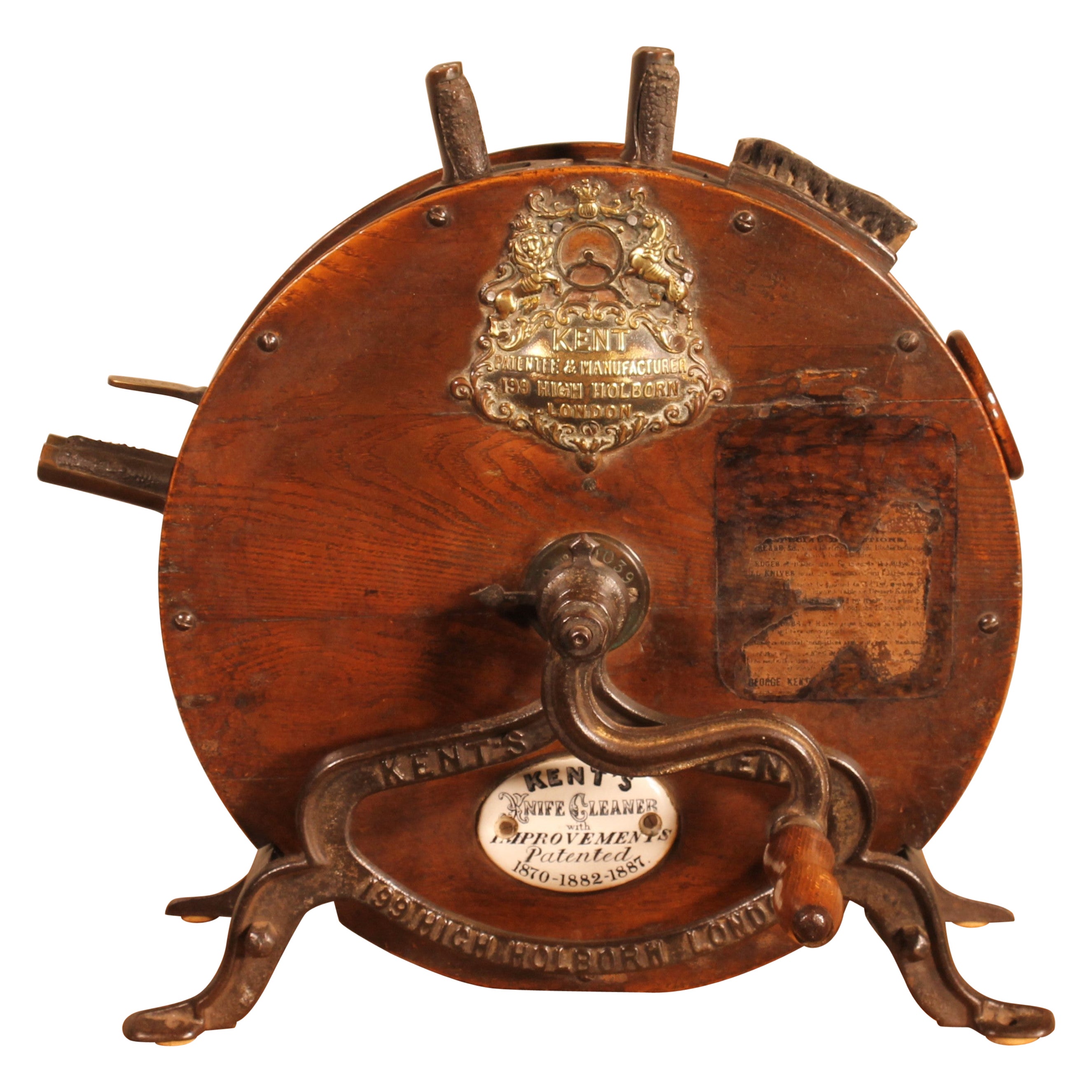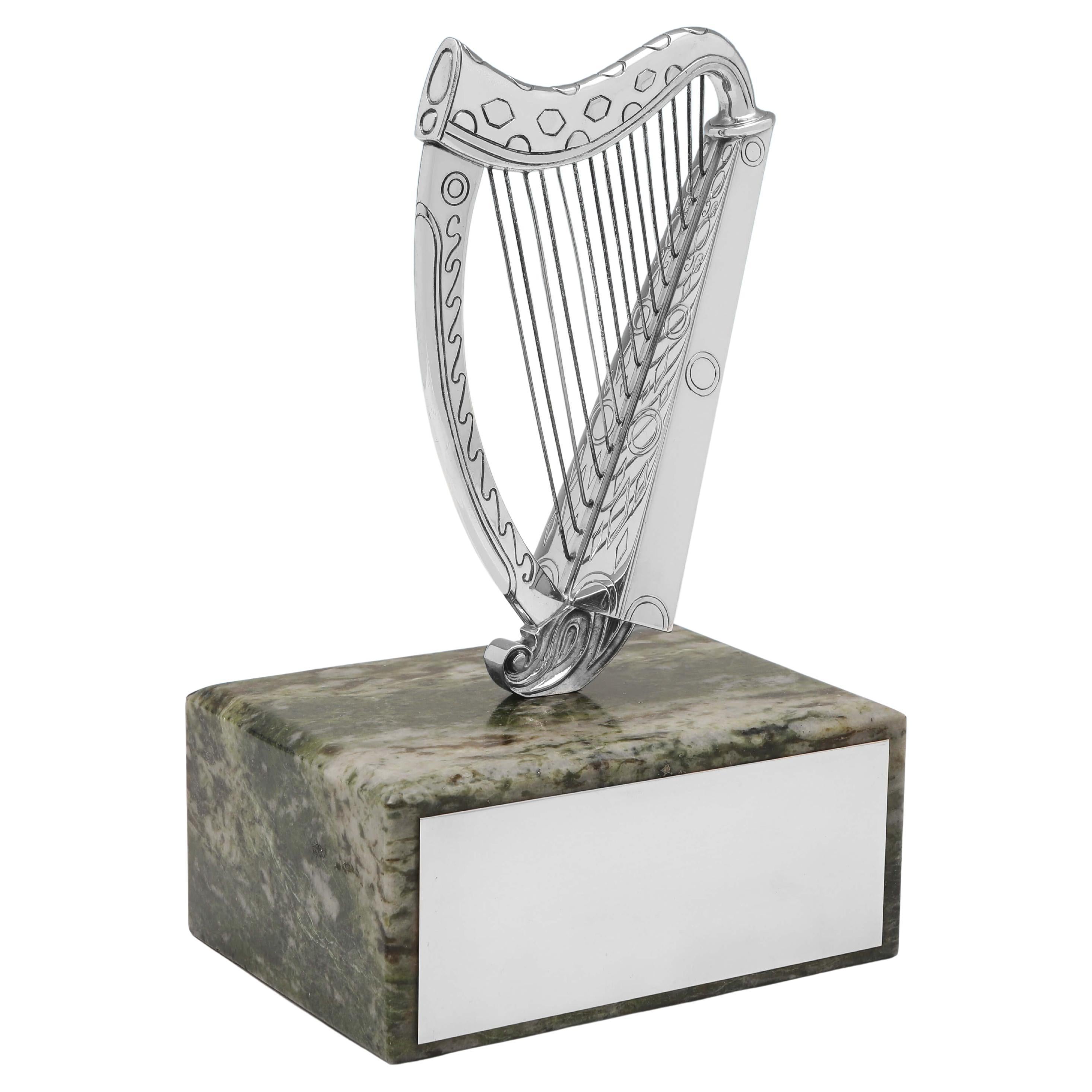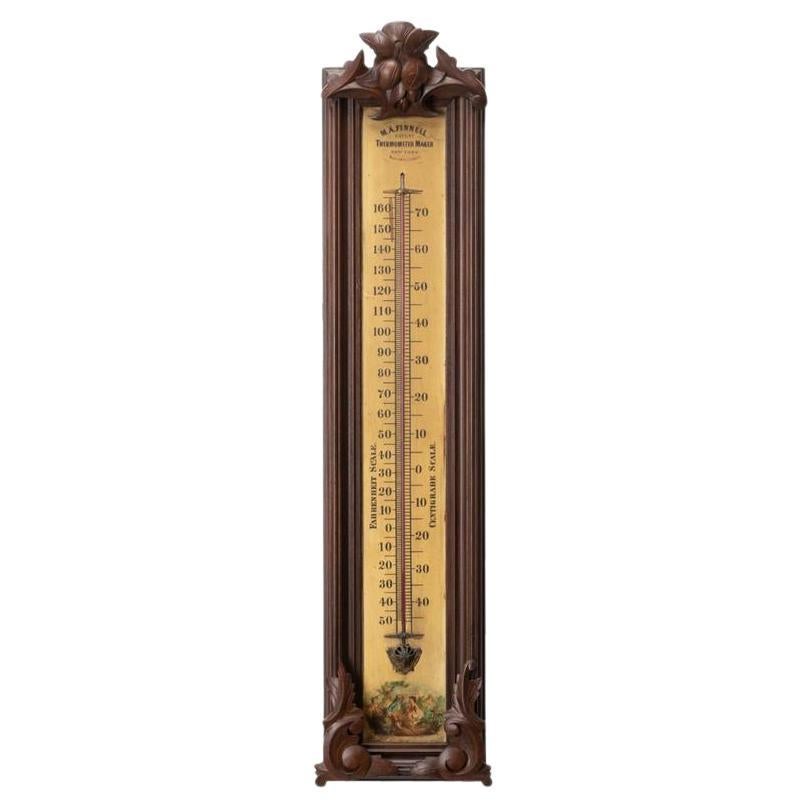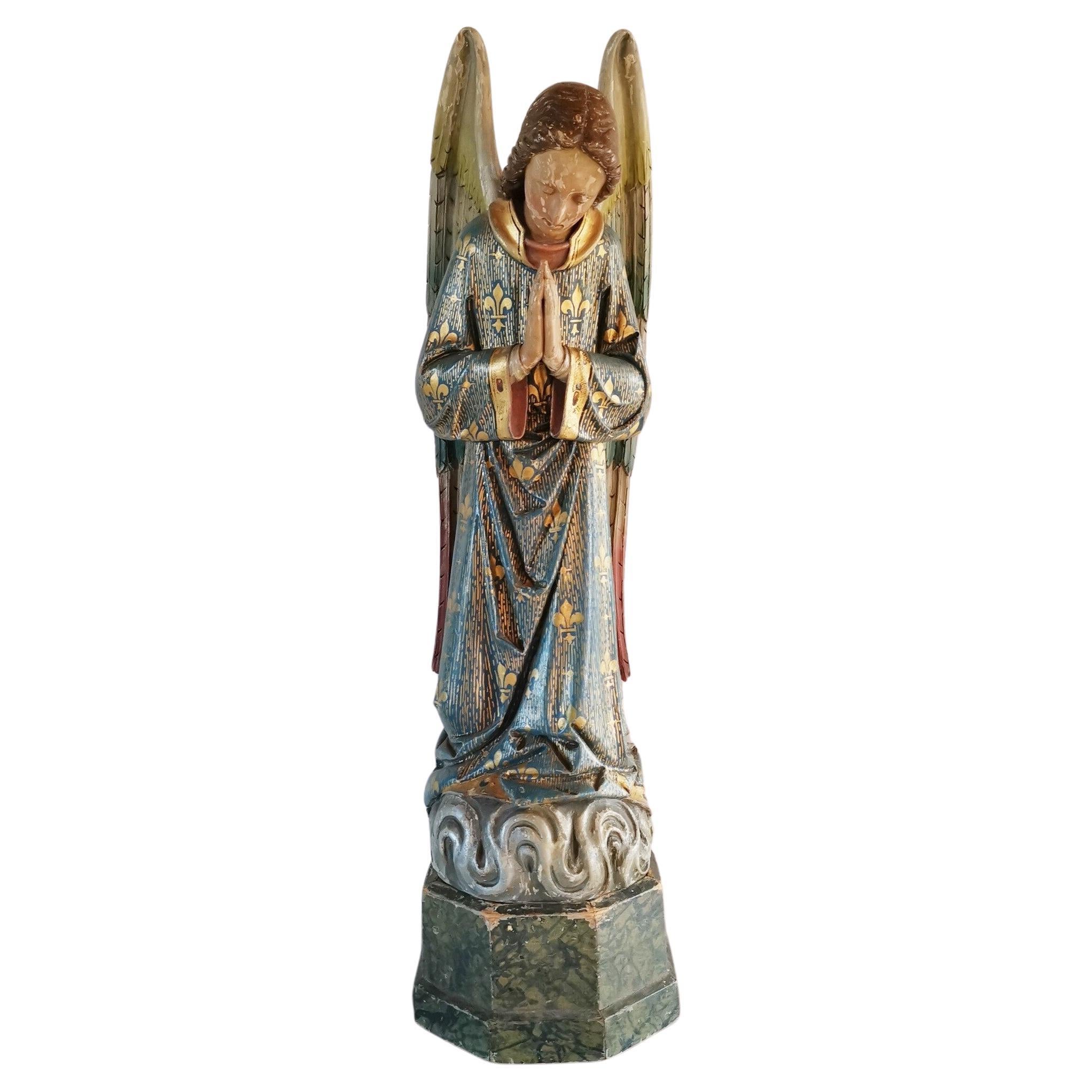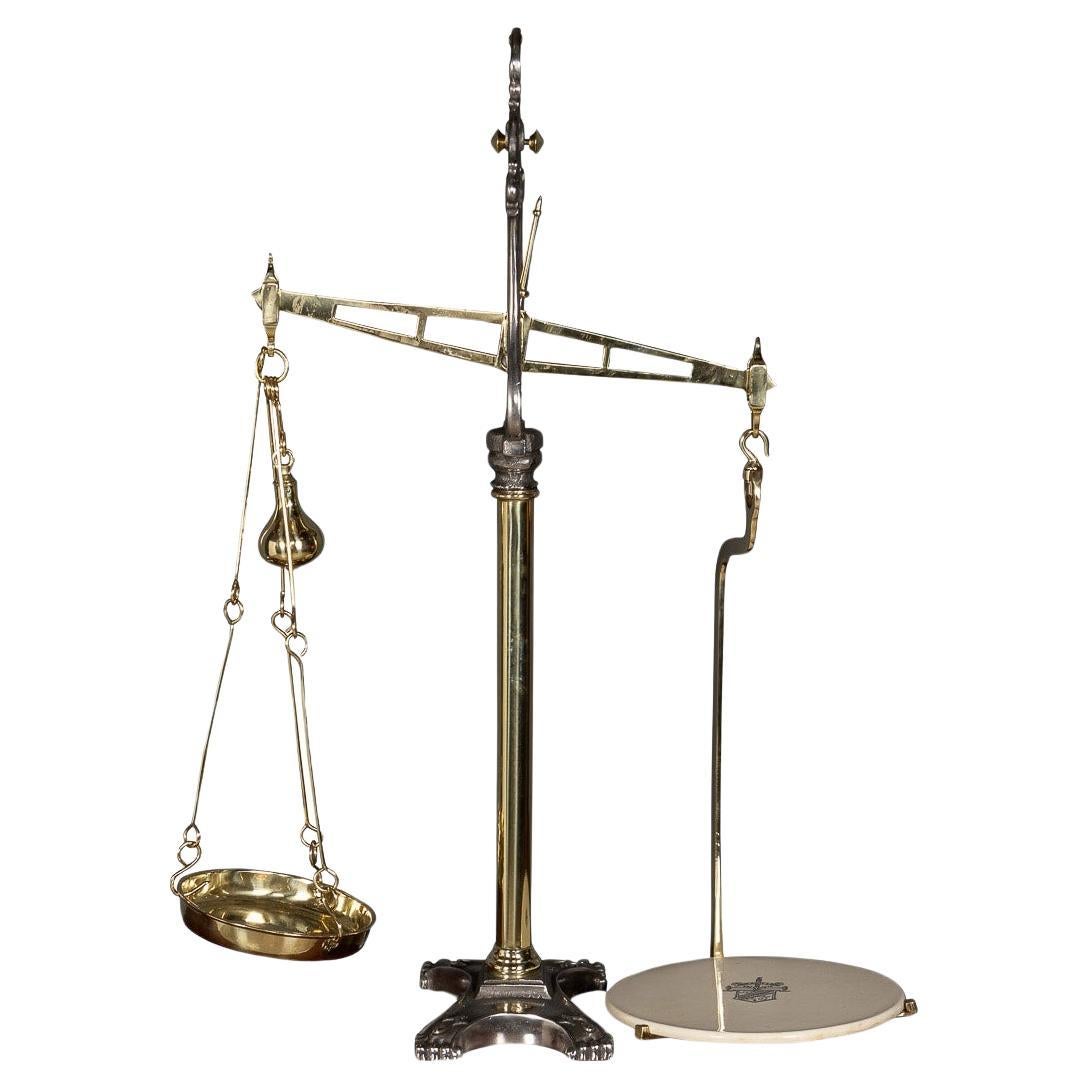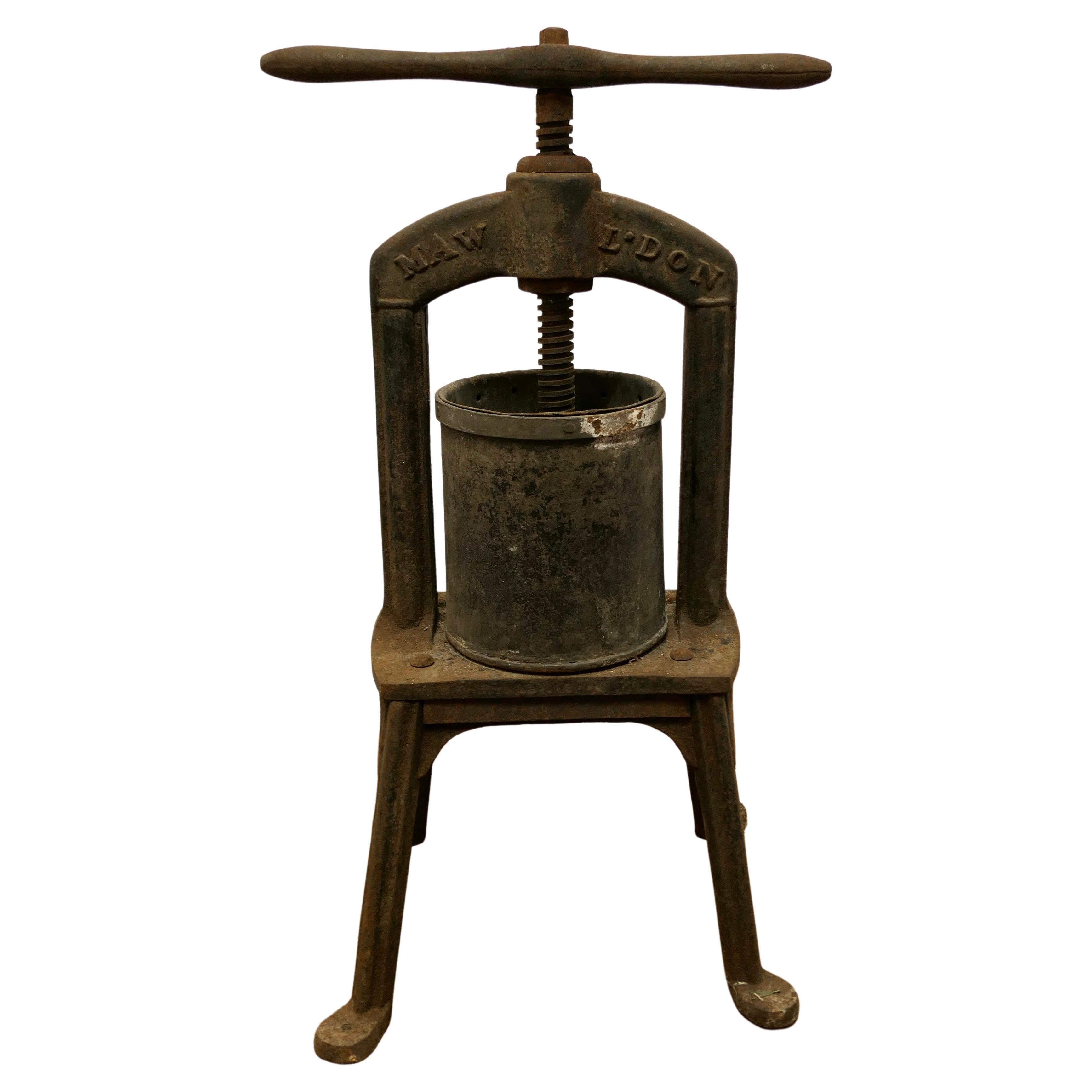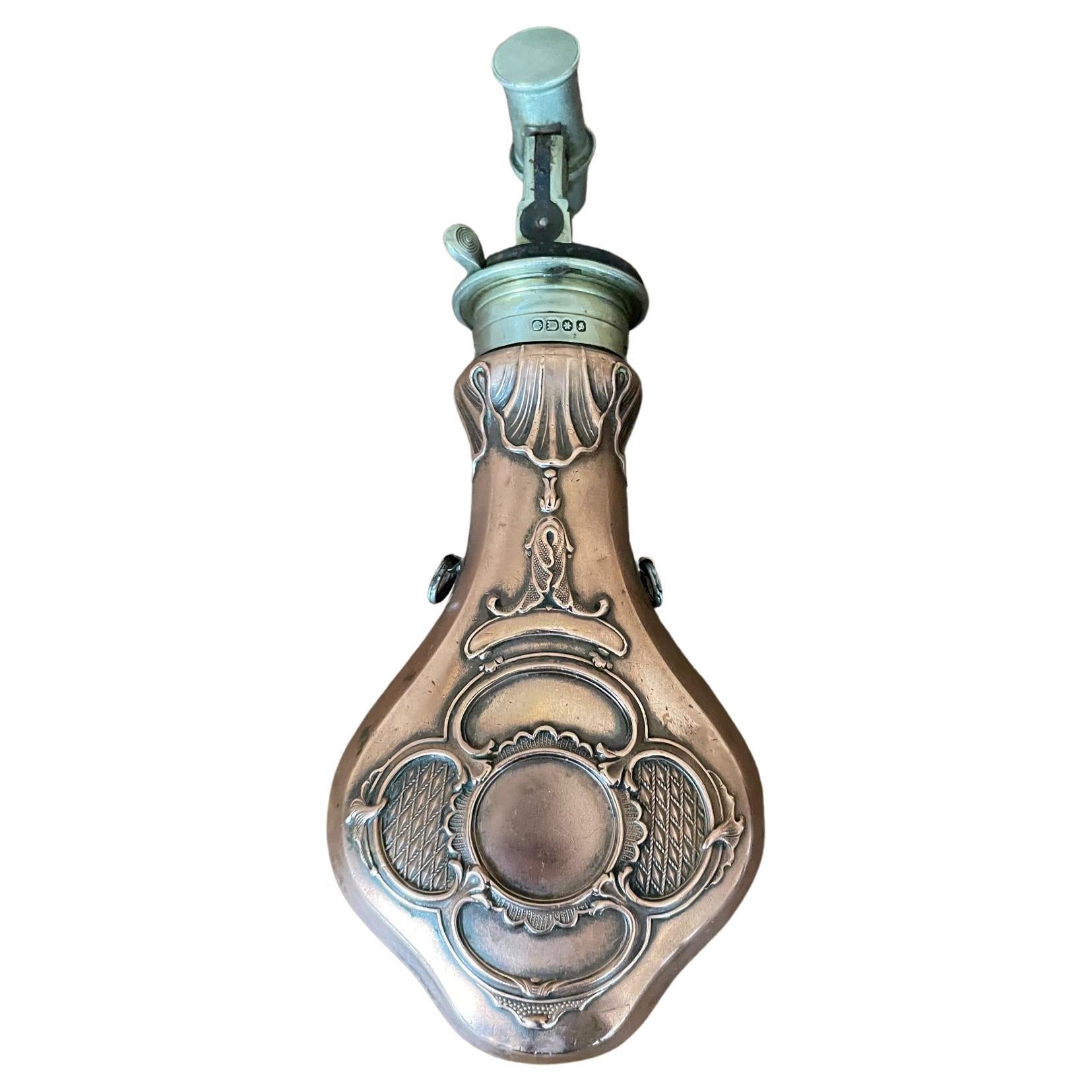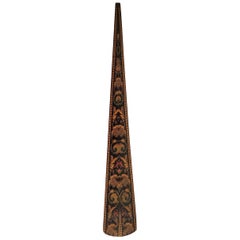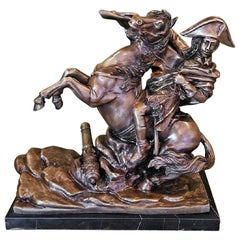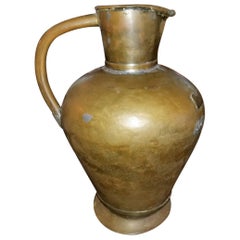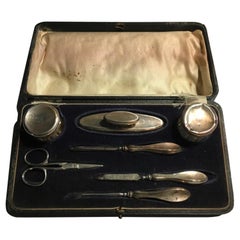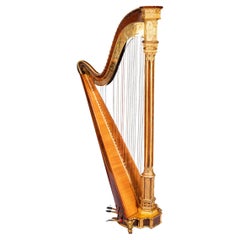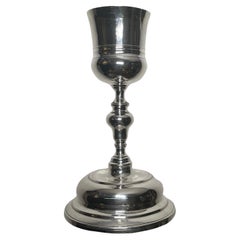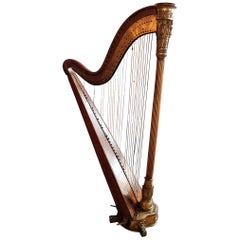
Mid 19th Century T. Dodd & Sons London Harp
View Similar Items
Want more images or videos?
Request additional images or videos from the seller
1 of 20
Mid 19th Century T. Dodd & Sons London Harp
About the Item
- Creator:Thomas Dodd (Maker)
- Dimensions:Height: 66.2 in (168.15 cm)Width: 34 in (86.36 cm)Depth: 22 in (55.88 cm)
- Style:Neoclassical Revival (Of the Period)
- Materials and Techniques:
- Place of Origin:
- Period:
- Date of Manufacture:1840-1850
- Condition:Wear consistent with age and use. Minor losses. A repair to part of the wooden support (a small filled hole). One or two pieces of the carved giltwork is missing on the base.
- Seller Location:Dallas, TX
- Reference Number:1stDibs: LU3978113370521
About the Seller
4.9
Gold Seller
These expertly vetted sellers are highly rated and consistently exceed customer expectations.
Established in 2015
1stDibs seller since 2018
349 sales on 1stDibs
More From This SellerView All
- Rare 19th Century English Tunbridgeware Hair Pin or SlideLocated in Dallas, TXPresenting an absolutely gorgeous and extremely unique and rare 19th century British Tunbridgeware hair pin/bobbin or slide. This slide is unlike any of it’s kind we have seen before…. it is a very rare survivor ! From circa 1860–1880. Made of walnut with gorgeous marquetry inlay on the entirety of the front with classic Tunbridgeware micro-mosaic all over the front. The rear is walnut. The marquetry inlay appears to be various different woods, namely, maple, walnut and satinwood. Would have been worn in a Lady’s hair bun with the micro-mosaic facing forward. This would have belonged to a very elegant lady in the mid to late 19th century. Tunbridge ware is a form of decoratively inlaid woodwork, typically in the form of boxes, that is characteristic of Tonbridge and the spa town of Royal Tunbridge Wells in Kent in the 18th and 19th centuries. The decoration typically consists of a mosaic of many very small pieces of different coloured woods that form a pictorial vignette. Shaped rods and slivers of wood were first carefully glued together, then cut into many thin slices of identical pictorial veneer with a fine saw. Elaborately striped and feathered bandings for framing were pre-formed in a similar fashion. There is a collection of Tunbridge ware in the Tunbridge Wells Museum and Art Gallery in Tunbridge Wells. The famous makers of Tunbridge ware were in the Tunbridge Wells area of Kent; their most notable work was from circa 1830-1900. Early makers of Tunbridge ware, in Tunbridge Wells in the mid-18th century, were the Burrows family, and Fenner and Co. In the 19th century, around 1830, James Burrows invented a technique of creating mosaics from wooden tesserae. Henry Hollamby, apprenticed to the Burrows family, set up on his own in 1842 and became an important manufacturer of Tunbridge ware, employing about 40 people. Edmund Nye (1797–1863) and his father took over the Fenner company when William Fenner retired in 1840, after 30 years in partnership with him. Thomas Barton (1819–1903), previously apprenticed at the Wise factory, joined the Nyes in 1836, and worked as Nye’s designer; he took over the business in 1863 and continued there until his death. In Tonbridge (near to Tunbridge Wells), George Wise (1703–1779) is known to have had a business in 1746. It continued with his son Thomas, and Thomas’s nephew George (1779–1869), who took over in 1806. In its early years the company made articles such as workboxes and tea caddies with prints of popular views; later items had pictures created from mosaics. Their workshop in Tonbridge, Wise’s Tunbridge Ware Manufactory, was next to the Big Bridge over the Medway; the building was demolished in 1886 to widen the approach to the bridge. Tunbridge ware became popular with visitors to the spa town of Tunbridge Wells, who bought them as souvenirs and gifts. Articles included cribbage boards, paperweights, writing slopes, snuffboxes and glove boxes. At the Great Exhibition of 1851, Tunbridge ware by Edmund Nye, Robert Russell and Henry Hollamby was shown; Edmund Nye received a commendation from the judges for his work. He exhibited a table depicting a mosaic of a ship at sea; 110,800 tesserae were used in making the picture. The manufacturers of Tunbridge ware were cottage industries, and they were no more than nine in Tunbridge Wells and one in Tonbridge. The number declined in the 1880s; competent craftsmen were hard to find, and public tastes changed. After the death of Thomas Barton in 1903 the only surviving firm was Boyce, Brown and Kemp, which closed in 1927. Marquetry was an old technique which was continued by Nye and Barton to create images such as birds or butterflies. ‘Green Oak’ as caused by the fungus Chlorociboria aeruginascens. Stickware and half-square mosaic was invented by James Burrows in about 1830: a bunch of wooden sticks of different colours, each having triangular or diamond-shaped cross section, were tightly glued together; in the case of stickware, the resulting block was dried, then turned to form an article such as the base of a pincushion. For half-square mosaic, thin slices were taken from the composite block, and applied to a surface.[1][2][4] Tesselated mosaic, was a development by James Burrows of half-square mosaic; it was adopted by George Wise and Edmund Nye. Minute tesserae were used to form a wide variety of geometric and pictorial designs. Many sorts of wood were used for the various colours; about 40 were in regular use. Only natural colors were used; green was provided by “green oak”, produced by the action of fungus on fallen oak. Designs for articles were often taken from designs of Berlin wool work.Category
Antique Late 19th Century English High Victorian Collectible Jewelry
MaterialsSatinwood, Walnut
- 19th Century Bronze Sculpture of Napoleon Crossing the AlpsLocated in Dallas, TXPRESENTING A LOVELY late 19C Bronze Sculpture of Napoleon Crossing the Alps. 19th Century Bronze of Napoleon on Horseback in Battle, with c...Category
Antique Late 19th Century French Napoleon III Figurative Sculptures
MaterialsBelgian Black Marble, Bronze
- 19th Century Large Civil War Era Bronze and Tin PitcherLocated in Dallas, TXPresenting a fabulous historic treasure of times past, namely, a 19th century large Civil War Era bronze and tin pitcher. From circa 1850, this is an American frontier piece. I...Category
Antique Mid-19th Century American American Classical Pitchers
MaterialsBrass, Bronze, Copper, Tin
- Early 19th Century Aquatint Engraving of Grey Momus, John Frederick Herring Snr.By John Frederick Herring Sr.Located in Dallas, TXPresenting a fabulous and very rare, original early-19th century chromolithograph engraving after a painting by John Frederick Herring Snr., engraved by Ch...Category
Antique Early 19th Century English Early Victorian Prints
MaterialsPaper
- 19th Century Hampton & Sons Chinese Chippendale Cylinder DeskBy Thomas ChippendaleLocated in Dallas, TXPresenting an absolutely gorgeous mid-late 19th century British Chinese Chippendale style cylinder desk from the renowned maker of Hampton & Sons, of Pall Mall, London. This stunnin...Category
Antique Late 19th Century English Chinese Chippendale Desks
MaterialsMahogany
- 19th Century French Slate & Bronze Clock by MartiBy S. Marti & CieLocated in Dallas, TXPRESENTING A STUNNING 19C French Slate & Bronze Clock by Marti. Made circa 1860 by the famous French Clockmaker, J. Marti et Cie of Paris. Marti Clocks are highly desirable and highly collectible, BUT this Clock is one of the FINEST EXAMPLES of a Marti Black Slate and Bronze mantel clock we have EVER seen. The bronze detailing is SPECIAL. From the top, the clock is topped by a floral and ball bronze finial on square plinth or platform. Then it extends to an angular arched pediment with bronze floral wreath insert into the center. The next section, consists of a central bronze scene of 2 cherubs floating on water with a fish. This is flanked on either side by a floral rose medalion in bronze. It then extends downwards with 2 Corinthian Style bronze columns, with the main insert being bronze neo-classical or goddess figures (each one different than the other). The dial, clock face...Category
Antique Mid-19th Century French Neoclassical Revival Mantel Clocks
MaterialsSlate, Bronze, Ormolu
You May Also Like
- London Mid-19th Century Vanity Kit Set Sterling SilverLocated in Brescia, ITNot easy to find this original box, with this kit set composed of 8 pieces for nail manicure. A piece to collect or to add in a wunderkammer. In sterling silver, all marked. With ce...Category
Antique Mid-19th Century British Baroque Scientific Instruments
MaterialsCrystal, Sterling Silver
- Early 19th Century Parcel Gilt Gothic Revival Harp By Sebastian ErardBy Sébastien ÉrardLocated in Dublin, IEA very fine and elegant Regency Satinwood and parcel-gilt double action Harp from the workshop of the famous harp and piano maker Sebastian Erard (1752-1831), decorated in the Grecia...Category
Antique Early 19th Century English Gothic Revival Musical Instruments
MaterialsBrass
- 19th Century Spaniard Silver ChaliceLocated in Guaynabo, PRThis is a 19th century Spaniard Silver Chalice. It depicts a bell shaped cup supported by a a baluster like stem standing over a round three steps base...Category
Antique 19th Century Spanish Neoclassical Revival Religious Items
MaterialsSilver
- Angel or Archangel, Metal, 19th CenturyLocated in Madrid, ESAngel. Metal in silver finish. XIX century. Angel or archangel figure made of silver metal, and standing on a base that resembles clouds. These types of sculptures were common in t...Category
Antique 19th Century European Neoclassical Revival Religious Items
MaterialsMetal, Other
- Bronze incense burner (censer). 19th century.Located in Madrid, ESCenser. Bronze. XIX century. Bronze censer with circular base and cup shape with lid of elaborate lines and simple openwork elements inspired by antique pieces. It has metallic chai...Category
Antique 19th Century Spanish Neoclassical Revival Religious Items
MaterialsBronze
- 19th Century London Knife Sharpener and CleanerLocated in Brussels, BrusselsVery nice 19th century knife sharpener and cleaner from London Kent. Very nice object where we can find a ceramic plate with probably the name of th...Category
Antique 19th Century British Victorian Scientific Instruments
MaterialsPine
Recently Viewed
View AllMore Ways To Browse
Musical Harp
J Bar T
Antique Stringed Musical Instruments
Harp Instrument
Antique Old Musical Instruments
Harp Musical Instrument
Harp String
Morley Plates
Erard Harp
Retro Musical Instruments
Piano Bar
Brass Instrument Musical
Used Brass Musical Instruments
Upright Bar
Office Radio
Original Vintage Radio
Bar Bell
Modern Speakers
